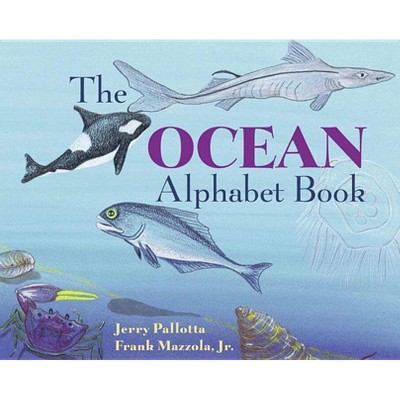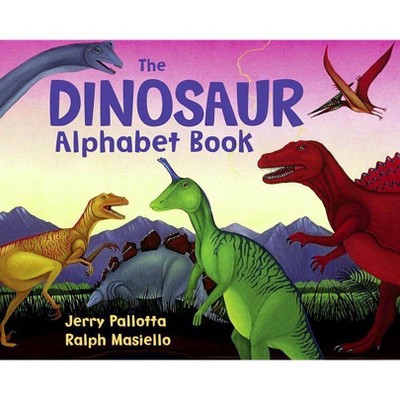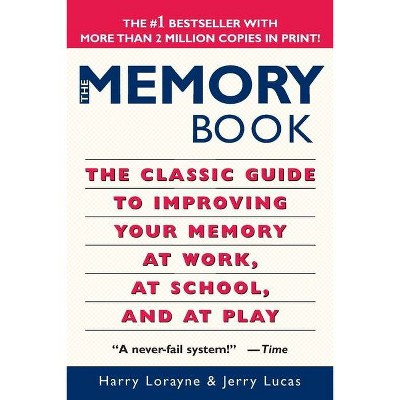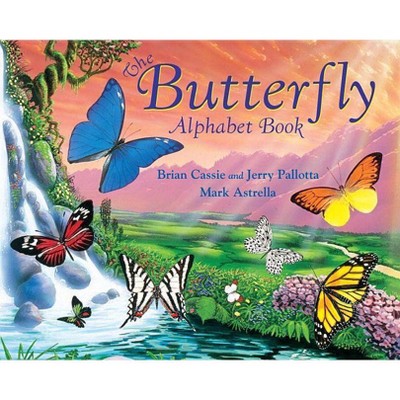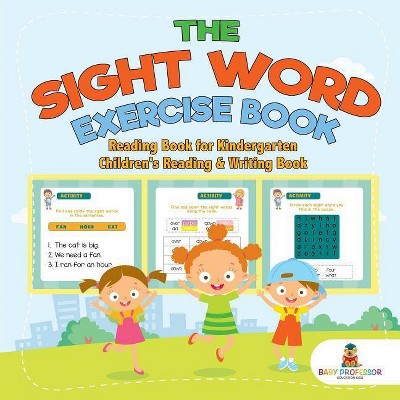Reading the Good Book Well - by Jerry Camery-Hoggatt (Paperback)
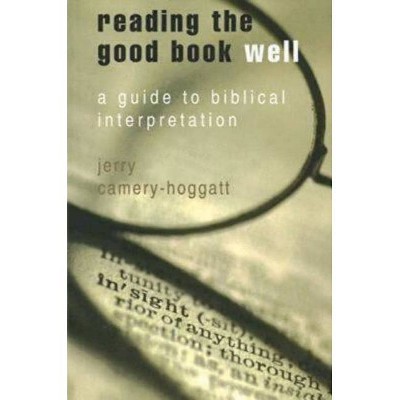
Similar Products
Products of same category from the store
AllProduct info
<p/><br></br><p><b> About the Book </b></p></br></br>A delightful and engaging entré into understanding how to read and interpret the Bible<p/><br></br><p><b> Book Synopsis </b></p></br></br>The state of teaching biblical interpretation in colleges and seminaries is generally a mess, and many conventional approaches can be alarming for religious students. The sources of this difficulty are wide ranging, but a quick summary would include at least the following: jargon that is unnecessarily technical; competing and contradictory methodologies; and a failure on the part of Biblical scholarship to demonstrate the direct relevance of its methods to the pastoral life of the Church. As a consequence, biblical scholarship is often opaque at best and distressing at worst to the student and beginning theologian. And because pastors and lay people are trained within this cobweb of methods, they are often functionally unable to draw clear conclusions from most teaching resources. Jerry Camery-Hoggatt addresses this problem with several solutions: a return to a conscious affirmation of authorial intention as the beginning place for interpretation; a careful examination of the actual workings of communication; a concept of <i>text </i>to include the assumptions and cultural knowledge upon which the text depends for meaningful communication; an examination of the various academic disciplines with an eye toward correlating their conclusions with the necessary activities of reading; and easily accessible language that makes sense to the beginning student and the lay reader alike. Here is a single, accessible volume that explains the basic vocabulary and logic of biblical interpretation, shows how the various methodologies can be fitted together into a seamless interpretive model for exegesis, and then reflects carefully on the implications of that method for the various issues of reading, teaching, reflection, and preaching. Through common and practical examples Jerry Camery-Hoggatt teaches students a way of reading the Bible that replicates the activities the biblical authors expected their readers would perform, and he uses a model that is applicable across linguistic boundaries, genres, and various cultural contexts; that is, throughout the human experience of language there exists a common set of mental activities that can be identified and studied, and these are fundamental to reading and interpreting the Bible. The prose style is conversational, non-technical, and is intended to be inviting to the beginning student, and refreshing for advanced students and teachers.
Price History
Price Archive shows prices from various stores, lets you see history and find the cheapest. There is no actual sale on the website. For all support, inquiry and suggestion messages communication@pricearchive.us


